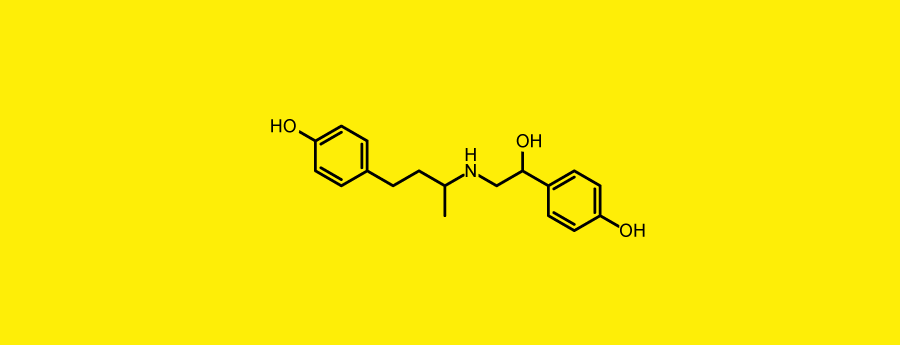CREDO's Scientific Failures
Posted 08 Jan 2015

Several times per week I receive emails from an activism organization called CREDO Action. Quite often these are about chemicals which CREDO has decided are a danger to the public, and recipients are asked to sign petitions to various branches of government requesting that the chemicals in question be banned. I used to sign these without much thought; it only took a moment and seemed like the least I could do. When I started to read them more carefully, however, I started to notice a recurring trend: CREDO doesn't know what it's talking about.
I will elaborate. Today's email was about ractopamine, an additive which CREDO believes should be eliminated from the US food supply. They cite a number of startling facts about it: 160 countries have banned it outright, it's used in 80% of pigs in the US, it causes harm to farm animals, and long-term exposure in humans has not been studied. It is described as both "dangerous" and "toxic," and its effects on "consumers, livestock, and farm workers are serious." Taken at face value, yes, ractopamine sounds like a pretty horrible substance, and not something that anyone should eat. But let's look a little deeper at what's going on here.
I did some internet searching and quite easily found some numbers that call into question CREDO's assertions. First off, the FDA does regulate ractopamine. Meat sold in the US is required to have at most 50 parts per billion (ppb) ractopamine residue remaining in it. That's per billion -- an incredibly tiny number. So, working from that figure, let's try to estimate the amount of ractopamine an American is likely to consume in a year.
Ractopamine is primarily used in pork, so we'll base our estimate on that. According to Wolfram Alpha, the US produces 9.55 million metric tons of pork annually-- at 50 ppb, this means that all the American pork produced in an entire year contains at most a grand total of 475 kg of ractopamine--roughly 1,000 lbs.
So how much of that ends up in the stomach of your average American meat eater? For simplicity, we'll assume that all of that meat is consumed in the US and none is exported. The US population is 322 million. From that number we'll subtract vegetarians, Jews, and Muslims to arrive at 307.3 million presumed pork-eaters. So our 475 kg of ractopamine is to be divided up across that entire population, leading us to a final figure of 1.475 mcg of ractopamine per person per year, or .000001475 g.
Knowing that, let's now evaluate just how toxic this supposedly dangerous substance is. CREDO is correct in their statement that the affects of ractopamine on humans have been little-studied. Much of the research that exists is compiled on this page, which contains a good deal of pertinent information. For one thing, toxicological studies have shown the chemical to have limited effects on primates; all of the monkeys involved in the study survived. The most sensitive subjects in the study were female mice, which still required 365mg of ractopamine per kg of body weight to achieve LD50 (the point at which 50% of test subjects die). By comparison, the LD50 of aspirin (in rats) is 200 mg/kg. Thus, ractopamine is in fact less toxic than aspirin.
This is not to say that there's been no research into the effects of ractopamine on humans. The page linked earlier describes a study in which six volunteers (a very small sample size, it's worth noting) ingested the chemical in increasing dosages to measure its effects. One of CREDO's sources, Center for Food Safety, notes that one of the participants dropped out of the study due to the chemical's unpleasant side effects. It fails to mention that the other participants experienced only "mild to moderate" effects, or that the starting dose, 5 mg, produced no effects at all. And that's 5 mg all at once: 0.005 g, compared to .000001475 g expected over the course of an entire year. Since ractopamine has a short half-life in the body, it's unlikely that one could ever accumulate an active dose's worth of the chemical through regular pork consumption.
So, now that we've established that ractopamine at currently-established levels is highly unlikely to have any significant effect on humans, I'd like to make one final point: ractopamine does adversely affect the pigs (and other livestock) that it's used on. CREDO does mention this point, but largely neglects it in favor of the perceived public health issue. According to an FDA study, pigs under the influence of the drug experience "hyperactivity, trembling, broken limbs, inability to walk and death." These animals are being fed this substance to boost their value as meat at the expense of their health and well-being.
If CREDO wants to single out chemicals to be attacked, it ought to attack them for the right reasons. Ractopamine is not a concern to public health, but it is the source of a good deal of animal abuse. CREDO should recognize it as such, and strive for a more nuanced understanding of chemistry in the future.